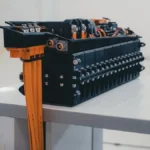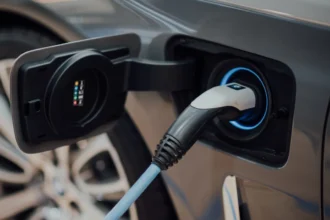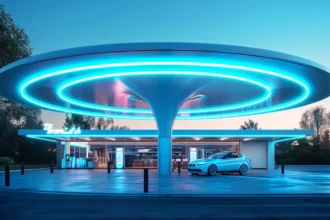Delhi has an ambitious plan to make Battery Electric Vehicle more common by building thousands of charging stations across the city. According to EVIndia and AutoCarPro, the Delhi Government’s Transport Department is launching a new policy called EV Policy 2.0 that aims to set up 3,500 charging points by 2025 and reach 13,700 by 2030. This will make it much easier for you to find a place to charge your electric car.
The Big Plan for Electric Vehicles in Delhi
The Delhi Government wants to have 13,700 charging points spread out all over the city by 2030 to support clean transportation. Their plan includes having one charging station per square kilometer and placing them every 5 kilometers throughout Delhi. This is part of their bigger goal to make Delhi greener and less polluted.
Main Goals of the Plan:
- Make transportation more environmentally friendly
- Make owning electric vehicles more convenient
- Lower harmful emissions from vehicles
- Create a complete charging network across Delhi
Also Read: Maharashtra’s EV Policy 2025 offers Rs 11,373 crore investment and subsidies up to 15% to boost electric vehicle adoption. Read Here.
Where You’ll Find Charging Stations
You will soon see charging stations in many convenient places as you move around Delhi. The government is carefully choosing locations that are easy to access and where people typically park their vehicles for longer periods.
Planned Locations for Charging Stations:
- Public and private parking lots
- Areas under flyovers and bridges
- Land near telecom towers
- Other accessible public spaces
Money Help for Building Chargers
To encourage more charging stations, the government is offering financial support to people and businesses who want to install chargers. This will help bring down the cost of setting up charging points and make them more affordable.
Financial Support Available:
- 50% subsidy for the first 15,000 slow AC chargers (up to Rs 2,500 per charger)
- Rs 20,000 subsidy for each of the first 2,000 fast DC chargers
- Support for installing chargers in both private and semi-public spaces
Current Charging Station Numbers
Delhi currently has about 5,000 charging points in operation, which is only 36.5% of the final target. The city needs to add many more stations each year to reach its goals.
| Time Period | Number of Charging Points | Percentage of 2030 Target |
|---|---|---|
| Current (2025) | About 5,000 | 36.5% |
| 2025 Target | 3,500 more (8,500 total) | 62% |
| 2030 Target | 13,700 | 100% |
To reach the 2030 target, Delhi needs to add about 1,740 new charging points every year from now until 2030. The city has already seen a 30% increase in electric vehicle sales between 2022 and 2024, with EVs now making up 12% of all vehicle sales in Delhi – the highest percentage in India.
Problems That Need Solving
Despite the progress, Delhi faces several important challenges in building enough charging stations. These problems need to be fixed for the plan to succeed.
Current Challenges:
- Delhi has achieved only 10% of its earlier target of 48,000 charging points by 2026
- The electricity grid is struggling to handle the increasing power needs for EV charging
- Illegal e-rickshaw charging stations are causing power theft worth $14 million (about Rs 116 crore) every year
- Many public chargers don’t work with e-rickshaws, creating safety risks during rainy seasons
Different Types of Chargers Explained
There are two main types of chargers for electric vehicles, and they work in very different ways. Understanding these differences helps you know which one is best for your needs.
| Feature | Slow AC Chargers | Fast DC Chargers |
|---|---|---|
| How they work | Convert AC power to DC for the battery | Supply DC power directly to the battery |
| Power level | 3.3 to 22 kW | 50 to 350 kW |
| Charging time | 6-12 hours for full charge | 20-60 minutes for 80% charge |
| Cost | Less expensive | More expensive |
| Best locations | Homes, workplaces, overnight parking | Public stations, highways, quick-stop areas |
| Vehicle compatibility | Most EVs and plug-in hybrids | Only EVs with DC fast-charging capability |
The Delhi plan includes both types of chargers because they serve different purposes. Slow AC chargers are better for overnight charging at home, while fast DC chargers are ideal for quick top-ups when you’re out and need power quickly.
Renewable Energy for Charging
By 2026, Delhi plans to use renewable energy to power many of these charging stations. This includes installing rooftop solar systems at bus depots and other locations. Using clean energy to charge electric vehicles makes them even better for the environment.
As Delhi moves toward this electric future, you will see more and more charging points appearing around your neighborhood. The big question is – will the city overcome its current challenges and meet these ambitious targets on time?











